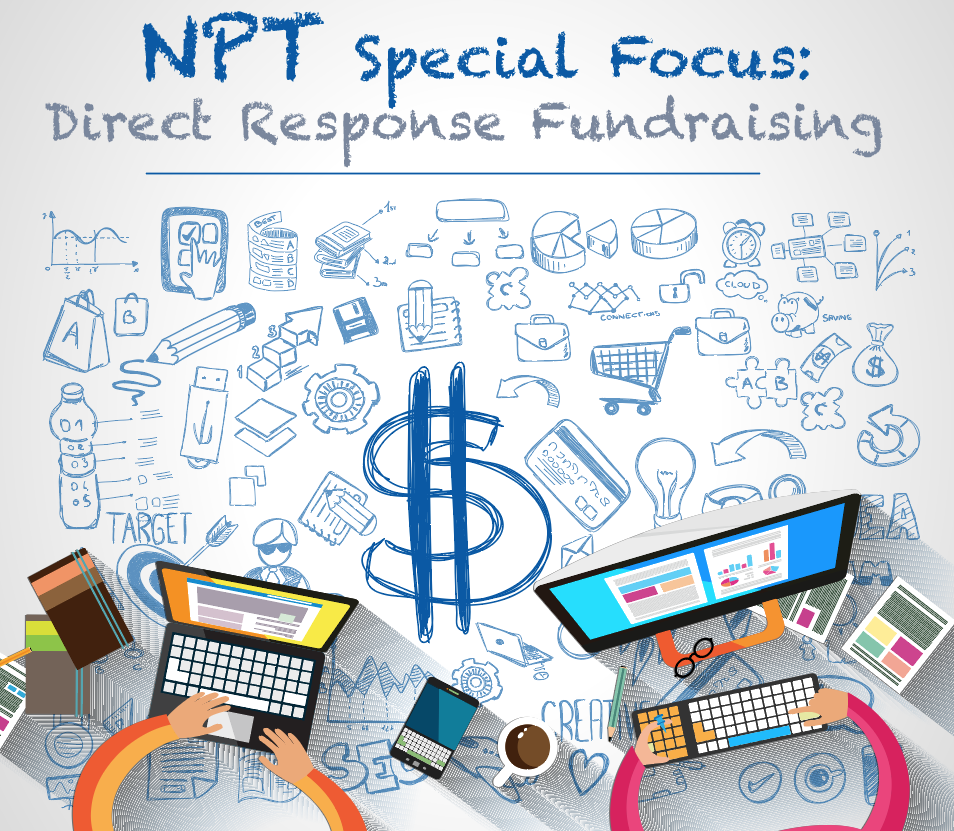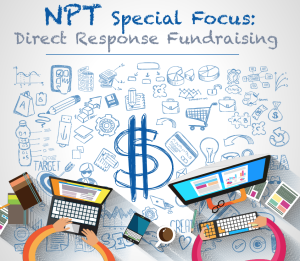Inexpensive tests that move the needle and generate more income
One of most exciting things about direct response fundraising is the ability to test. You can change one small aspect of your package and get a definitive answer as to how that impacts response rate or average gift. Yet, while testing is critical to maximizing the performance of your program, some organizations opt not to test in an effort to save money.
The good news is that you don’t have to make that choice. There are a number of tests you can implement that can move the needle on your results but cost almost nothing. The reason these tests are inexpensive is that all of them require only a different laser version or, at most, a plate change on a print job. These tests have the potential to increase response and gift size in your mailings, despite their simplicity and low cost.
Here are six tests you can try in 2019.
Test #1: Reverse the ask string
Price is one of the most sensitive aspects of a direct mail offer. You can impact results by simply reversing the order in which you present ask amounts. Instead of listing them in ascending order, list them in descending order with the largest ask first. This test costs nothing and can provide a nice lift in your average gift size.

If you try this test and it’s a winner, don’t assume it works well across the board. For example, this more aggressive ask string might be ideal for donors who haven’t yet supported you this year. But when asking for additional gifts, a less aggressive ascending ask string might work better.
Test #2: Bold the donor’s name on the envelope or response device
One of the most powerful words in any direct response offer is the donor’s name — followed closely by “you” and “free.” In this easy-to-implement test, you simply laser the donor’s name in the “bolded” version of your font. Believe it or not, this small test can actually increase your response rate. It’s especially effective if your package includes name and address labels. In that case, test bolding the name on all the labels.
Test #3: Remove the “dollar” sign from your ask string
If you’ve attended any direct response conference during the past several years, you’ve likely seen at least one session about neuro-fundraising. Fundraisers are now using information about the way the brain works to inform fundraising strategy.
This test is straight out of the neuro- fundraising playbook. The idea behind it is that, at the moment the donor is making their gift, you want them using the “feeling” side of their brain, not the “thinking” side of their brain. Theoretically, the dollar sign causes the donor to flip into their analytical side. This is a simple test that can increase response rate fairly significantly.
Test #4: Add dotted lines and the image of a scissors to a coupon reply form.

Many organizations use coupons in the mail as part of the reply form. You generally don’t ask the donor to perf off the coupon and return it. In fact, the forms don’t generally perf. You really just use the coupons to illustrate the way gifts of different amounts can make a difference for your organization.
In this test, you simply substitute your solid lines surrounding the coupons for dotted lines and add the image of a tiny pair of scissors. This insignificant design change can boost your response rate.
Test #5: Add “supporter since” on the reply form for active donors
Adding a line on the reply form for your 0-12-month donors that says “Supporter Since:” with the year of the donor’s first gift can increase response. This is a nice way of letting your most recent donors know that you know who they are and you appreciate the length of time they’ve been with you.
For donors who have skipped a year of giving, you can instead test “Last Gift Date:” and include the year of their last gift. Most donors have a faulty memory when it comes to how recently they supported your organization. Often, they believe they have sent you a gift more recently than they have. Adding this to the reply form is a subtle reminder that they have missed a year or more of giving.
A word of caution on this test. You should only try this technique if your data is clean. The easiest way to alienate a group of donors (and create a customer service nightmare) is to include information in the mail about the donor’s giving history that is incorrect. Give that some thought before you give this one a try.
Test #6: Increase the font size of your packages
Direct mail donors tend to skew older and readability is a critical part of any good direct mail package. If you currently use 12-point type in your packages, test moving the font to 13-point type. This small change could increase your response rate. If you try this, however, be careful not to sacrifice white space in the letter to accommodate the larger font. This could backfire and make your letter less readable.
Of course, start with a goal in mind with any testing. Consider which metric you need to improve and choose the test that will get you there.
Focus on tests that impact response if you are looking to improve retention. If donor value is the nut you need to crack, focus on average gift.
But whatever you do, don’t sacrifice the opportunity to improve your program because of cost.
Amy Sukol, CFRE, is executive vice president of Lautman Maska Neill & Company. Her email is [email protected]






